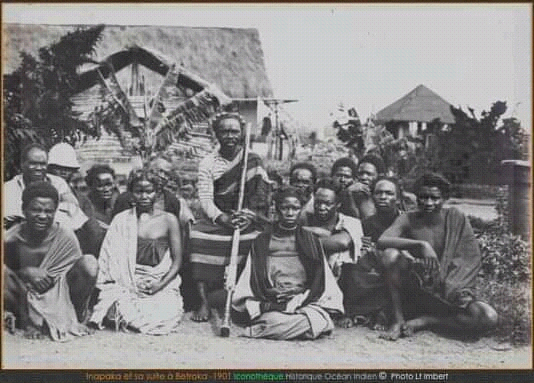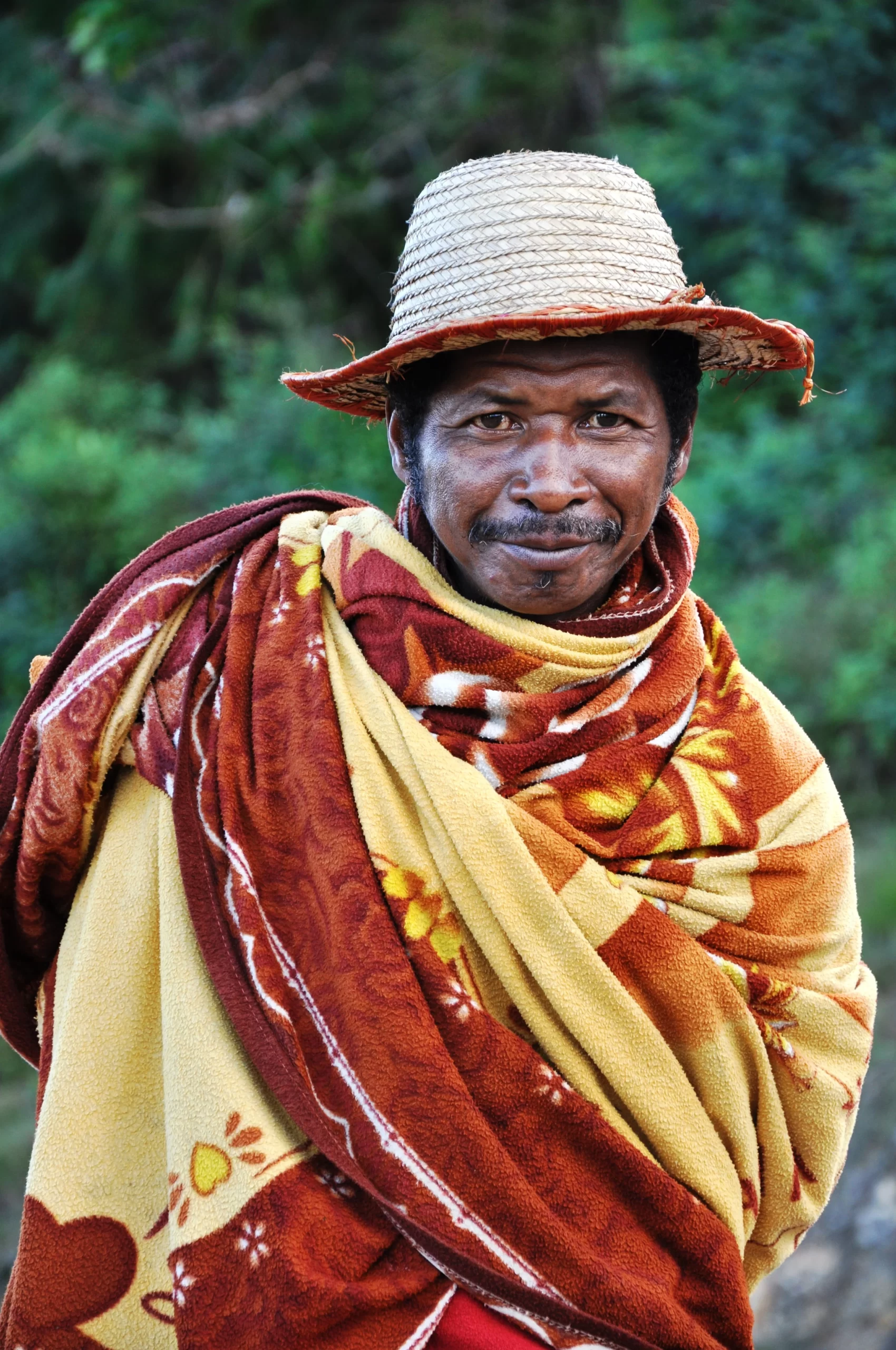Our culture
Madagascar

Madagascar's culture
Culture Name
Malagasy
Malagasy refer to themselfs and their laguage as Malagasy and their country as Madagasikara . French speakers refer to the people and the laguage as Malgache and the nation as Madagascar
our services
There are many variations of passages of Lorem Ipsum available, but the majority have suffered alteration in some form .

ORIENTATION
Indentification. The official name of the country is the Republic of Madagascar ( Repoblikan’i Madagasikara). The extent to which Malagasy from different regions view themselves as sharing a unified culture is context dependent. In terms of international politics , they see themeselves as Malagasy unless they are recent immigrants or members of one of the minority population (i .e, Chinese, Indo-Pakistani , and Comorian). Domestically , however , in the political arena , there is a significant degree of regionalism that is loosely based on ethnic city
LOCATION AND GEOGRAPHY

- Edit Column
Madagascar is located off the eastern coast of southern Africa in the Indian Ocean along the Mozambique Channel. It is the fourth largest island in the world with a landmass of 226,498 square miles ( 586,889 square kilometers) which includes its offshore islands. It is one thousand miles long ( 1,609 kilometers)
Regional ethnic divisions loosely coincide with geographically distinct locations. To some extent internal migration has resulted in sharing some customs such as sprit possession ( Tromba ). The West Coast is characterized by deciduous trees on dry, open savanna grassland sloping toward the sea. It was once, like much of the island, thickly forested. Sakalava is the dominant ethnic group in this region. They are involved in agriculture fishing, and cattle herding . The East Coast consists of several narrow bands of lowlands that lead to an intermediate zone of steep bluffs and ravines abutting a 1650 foot escarpment which provedes access to the central highlands. The Betsimisaraka, the second largest ethnic group, is the most numoerous group pursuing trading , seafaring, fishing , and cultivation. The Southwest is defined by Ivakoany Massif to the east and by the Isalo Roiniforme Massif to the north and includes the Mahafaly Plateau and the desert region. The arid southwest is inhabited by Antandroy and Mahafaly who pursue cattle raising and limited cultivation. The northern end of the island features the tsaratanana Massif with an elevation of 9,500 feet. The coastline is very irregular. The Antankarana inhabiting this region are involved in cattle raising and tropical horticulture. The High Plateau ( Central Highlands) contains a wide range of topographies : round eroded hills, granite outcroppings, extinct volcanoes, and alluvial plains and marshes. It is defined by an escarpment along the east coast and a more gradual slope along the west coast. The predominant ethnic groups are the Merina and the Betsileo. The capital , Antananarivo, located in this region, is the largest town, with over one million people, and is an ethnic melting pot.The Betsileo live south of the Merina and are considered the best rice farmers in Madagascar.
LINGUISTIC AFFILIATION
The official language of Madagascar is Standard Malagasy ( Malagasy Official). This language can be traced to the Malayo-Polynesian language family. Standard Malagasy taken from the Merina dialect was the first dialect to be written in latin characters and is considered the literary dialect. The most similar language found outside of Madagascar is Ma’anyan, a language spoken in Borneo. Both Malagasy and Ma’anyan are similar to languages spoken on the western Indonesian archipelago. There are twenty-two dialects of Malagasy. Many of the dialects borrow from Bantu languages , Swahili, Aribic, English, and French. The government claims that all Malagasy can speak the Standard dialect because that is what is taught in schools. However, given the multiple array of dialects, and varying levels of literacy depending on the degree of isolation of an area, one
SYMBOLISM
There are many variations of passages of Lorem Ipsum available.
The flag, divided into three colors, is considered a national symbol and is found in all government buildings. A white rectangle, representing purity, is located on the left horizontal axis. Smaller red and green rectangle, signifying sovereignty and sprit, are placed on horizontal axis, red over green.
The motto is ( Fatherland, Revolution, Freedom). The president is a symbol of national unity or ray aman-dreny ( father and mother of the nation). The national anthem, Ry tanindrazanay malala ( Oh, My Beautiful Country that I Love ), is written in Malagasy Official. The son gis intended to inspire sentiment and loyalty.

HISTORY AND ETHNIC RELATIONS
A wonderful serenity has taken possession of my entire soul, like these sweet mornings of spring
EMERGENCE OF THE NATION.
The Malagasy people are of mixed Malayo-Indonesian and African-Arab ancestry. It is generally accepted that the first migrants appeared between 1,500 and 2,100 years ago. One migration theory asserts that what is considered the Malagasy mix arrived already blended having followed a coastal route over a long period with stops in India, the Arab peninsula, and eastern Africa. Another theory contends that the common elements the people share were developed from interactions over a period of time after the arrival of various immigrants groups.
. Malagasy history has been marked by both international and domestic tensions, some of which are present in contemporary society. During the eighteenth and nineteenth century there were four main kingdoms : Merina , Betsileo , Betsimisaraka, and Sakalava. Friction between the Merina, the largest ethnic group, and the other ethnic groups during the pre-colonia period eventually resulted in domination by the Merina Empire. Ethnic groups that controlled region outside of the high plateau were classified as a single group called cotiers even though they were made up of unaligned kingdoms. Two Merina monarchs were over the island : King Andrianampoinimerina ( reigned 1797- 1810) and his son Radama l ( 1810-1828) who succeeded him upon his death. Radama l was forward-thinking with an interest in modernizing along western lines. He organized a cabinet and invited the London Missionary Society to establish schools. The latter action was to have far-reaching effects. Successive Merina rulers embraced or rejected advances made by France to control the island. In 1894 France declared Madagascar a protectorate, and a colony in 1896. The colonial period was marked by the vacillating popularity of French influence over Merina elites. Nationalist sentiments against the French emerged resulting in various concessions made by French to give the Malagasy people grater control. This eventually led to independence on 20 June 1960. Political tensions between the main Malagasy groups ( high plateau and cotier) still exists today and are characterized by the perception that the central government does not meet the needs of the cotier. Each of Madagascar’s presidents has struggled to achieve a viable culture balance between the acceptance of western ways of life, most notably French, and the safeguarding of traditional Malagasy customs. That which has emerged as quintessentially Malagasy in the national sense is a constantly evolving product of all of these influences.
NATIONAL IDENTITY
FOOD IN DAILY LIFE
Rice is the staple of the Malagasy diet. It is usually accompanied by some form of kabaka. ). In some parts of the island a side dish ( romazava) made of green leafy vegetables in broth is common.
NATIONAL IDENTITY
NATIONAL IDENTITY
Generally, side dishes serve to add flavor to the rice rather than provide nutrients. Most Malagasy entrees are prepared in one of four ways : fried, gilled, boiled in water, or cooked with coconut juice. A spicy condiment known as lasary in Malagasy and made of chili pepers, green mangos, or lemons can be added to enchance flavor. Food is generally prepared in kitchen that is physically separated from main house for fire safety. Meals are serverd in the house, on the veranda, or on mats placed on the ground outside the house. Lunch and dinner leftovers are warmed for breakfast the following morning. Breakfast consists of rice and tea made of local herbs or leave and sweetened with sugar. Some alternate breakfast foods include boiled manioc, maize porridge, or fried cake made of rice flour. Water is the usual beverage served with meals. Rano ampango ( water boiled in the rice cooking pot) is sometimes served.
Tend to be passed down within family groups and along ethnic lines. Some fady apply to daily life and some are observed during special circumstances such as pregnancy and lactation. Fady indrazana, taboos related to ancestral lineage, link Malagasy to their ethnic group. For example, it is fady for most Sakalava to eat pork or ell. For Antandroy, sea turtle and cows without horns are taboo. When a man and women from different ethnic groups marry, it is common for a women to observe both her and her husband’s fady indrazana as well as the fady which apply to both ethnic groups during pregnancy and lactation.
Food taboos
FOOD CUSTOMS AT CEREMONIAL OCCASION.
For ceremonial meals and special occasions
Extra meat is added to stews. Depending on a family’s financial ability, traditional ceremonies such as burials, reburials, circumcision, tomb building, first hair cutting, and the coming out of the house of a newborn often involve the sacrifice of at least one zebu, a local breed of hump-back cow. Many families will serve one of several local alcohol, rum, or beer. Family and friends assemble and participate in some aspect of ceremonial preparations. A person or family’s adherence to ceremonial protocol pays respect to one’s ancestors. The ultimate show of prestige is the ability to provide sacrificial cattle for ceremonies. The number of cattle slaughtered indicates the level of prosperity and the intent of honoring ancestors.
